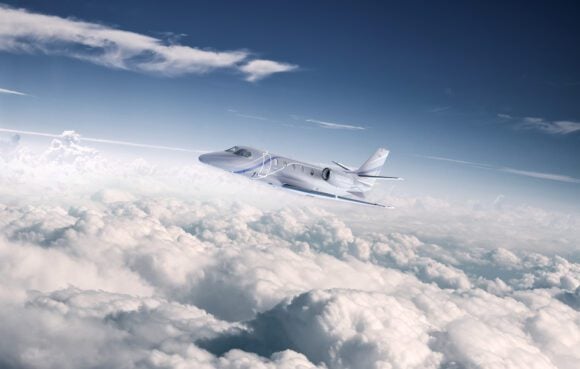Pratt & Whitney Canada (PW&C) is in the final stages of development of an new oil debris monitoring technology, which it is rolling out in customer trials. The technology has the potential to significantly enable proactive maintenance and provide increased aircraft availability.
We spoke with Timothy Swail, VP Customer Programs, P&WC about this new program. He explained that the company is always looking for new ideas to evolve engineering and services. About six years ago, P&WC engineers began a new program which involved analyzing engine oil to get insight into engine wear. Much the way a doctor takes a blood sample to get an idea of what ails a human.
The idea is to analyze an oil sample and engine wear information – debris found in the oil provides an excellent means of understanding what the engine is doing. Mr. Swail said: “Our oil analysis technology has already shown its ability to take engine diagnostics and prognostics to the next level of precision and efficacy to drive enhanced aircraft availability, reduce costs and enable preventive, on-condition maintenance environments.” The technology allows P&WC engineers to reach an exceptionally high level of confidence in understanding engine wear.
The solution depends on sensitive technology which detects minute particles in engine oil. This allows for the identification of any deterioration in specific oil-whetted components. It should provide an operator insight, well in advance of a potential event, without having to remove the engine.
The solution should reach maturity in the next 18 to 24 months. It has demonstrated the potential to surpass the effectiveness of existing oil debris monitoring technologies. “Our business aviation customers – from fractional carriers to operators of corporate fleets and charters – are in the business of time and efficiency,” Mr. Swail said. “They are looking for 100% planned maintenance environments and we are committed to helping them get there and to driving services that are highly personalized, performance-based and guaranteed.”
As part of the trial phase, customers are being invited to be part of the calibrate tests. They are asked to collect oil samples at regular intervals, which typically coincide with scheduled maintenance. The sample is shipped to P&WC for analysis (paid by P&WC). The amount of the oil sample needed is 100ml or 3.4 fluid ounces.
Test participants receive oil analysis results and technology updates at no cost during the trial. This program is helping P&WC continue to move into the Big Data environment, where it is already positioned with solutions like its FAST system that captures and sends full-flight intelligence to customers after landing. Predictive solutions like these are rapidly gaining momentum, at all aerospace firms, as operators seek better ways to forecast events and plan maintenance schedules.
Besides the technology at work here, from a business aspect the program should be compelling in its ability to bring customers even closer to P&WC and provide information that is more precise than what is currently available. “We are a couple of months into the trial and customer feedback is highly positive,” Mr. Swail said. “They are telling us this technology is new and different; that there is nothing else like it on the market.”
Views: 2




